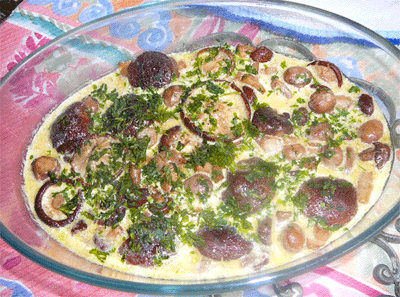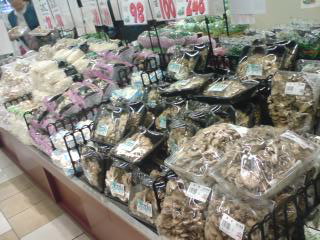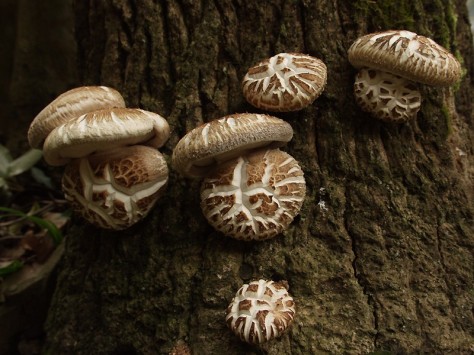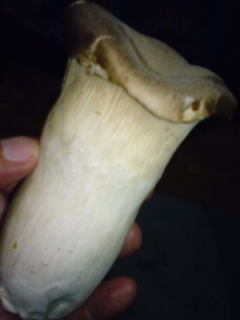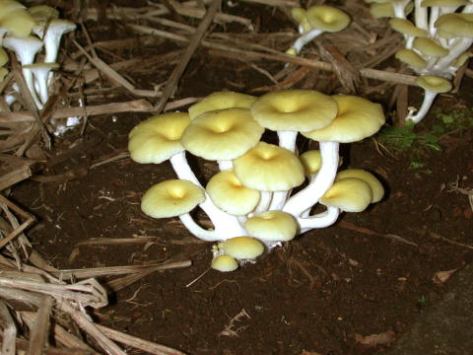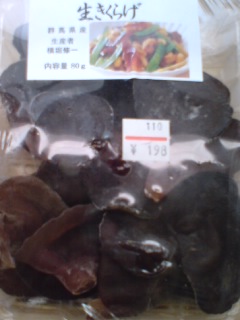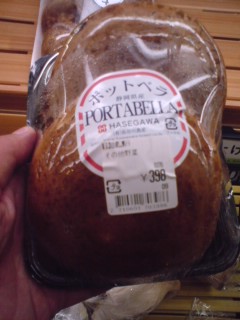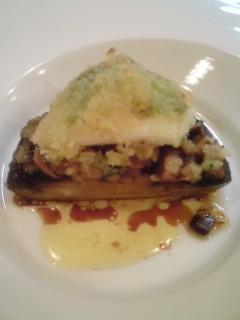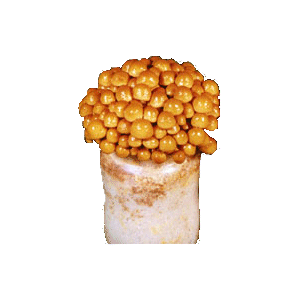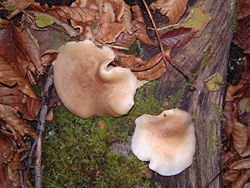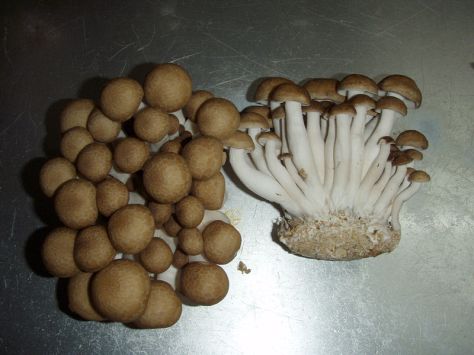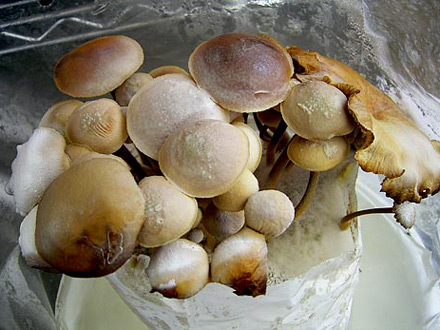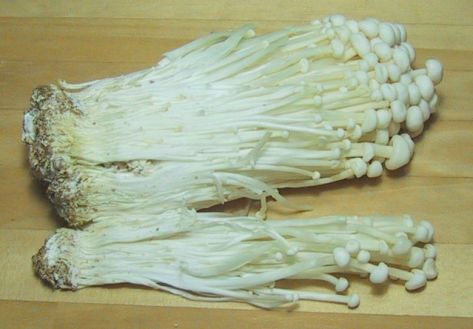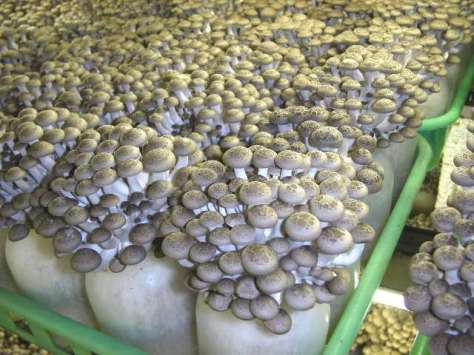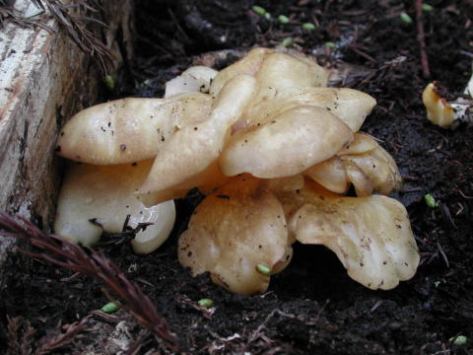The mushrooms season has already started, wild ones or cultivated species. Morels for example can be found in woods in many countries of the northern Hemisphere. Mushrooms are low in calories, but high in quality, whether it concerns taste or nutrients.
But you do not have to wait till the season to appreciate them.
Deep-frozen mixed mushrooms packs are available on the internet and good supermarkets.
Here is the recipe of a dish my father enjoys ooking regularly back home in France. It can accompany any meat, especially white-flesh meat, or can be appreciated on its own as accompaniment with a solid white wine or heady Japanese sake.
INGREDIENTS: For3~4 people
-Mixed mushrooms of your choice, fresh or frozen (if frozen, let them thaw slowly inside refrigerator for a few hours and get rid of excess water): 500g
-Shallots (echalottes): 2 finely chopped
-Garlic: 2~3 cloves finely chopped (crush garlic before chopping it. Do not forget to discard cores!)
-Parsley or Italian flat parsley: half a cup finely chopped
-Fresh cream: 1 cup/200cc/ml
-Madeira wine: 1/4 cup/50cc/ml (yellow port is fine, too, as well as sweet sherry)
-Olive oil (EVA) and unsalted butter: about 2 large spoons of each
-Salt, pepper, nutmeg (to taste)
RECIPE:
-On a medium fire in large frypan melt an equal quantity of olive oil and unsalted butter (some people prefer more, some less. Experiment!). Throw in the shallots and garlic and slowly fry until shallots turn transparent. Throw in all the mushrooms and fry until they give back enough water. Add Madeira wine. Stir well. Next add fresh cream and stir until cream is perfectly blended. Add salt, peeper and nutmeg last, stir. Check taste and add more spices if needed.
-Pour the whole in a large dish and sprinkle parsley over the mushrooms before serving.
-Eat hot.
RECOMMENDED RELATED SITES:
Warren Bobrow, Bread + Butter, Zoy Zhang, Hungry Neko, Think Twice, Frank Fariello, Mangantayon, Hapabento, Elinluv Tidbit Corner, Tokyo Terrace, Maison de Christina, Chrys Niles,Lexi, Culinary Musings, Wheeling Gourmet, Comestiblog, Chronicles Of A Curious Cook, Tokyo Through The Drinking Glass, Tokyo Foodcast, Palate To Pen, Yellin Yakimono Gallery, Tokyo Terrace, Hilah Cooking, More than a Mount Full, Arkonite Bento, Happy Little Bento; 5 Star Foodie; Jefferson’s Table; Oyster Culture; Gourmet Fury; Island Vittles; Good Beer & Country Boys; Rubber Slippers In Italy; Color Food daidokoro/Osaka;/a; The Witchy Kitchen; Citron Et Vanille, Lunsj Med Buffet/Estonian Gastronomy (English), Cook, Eat, Play, Repeat, Ideal Party
